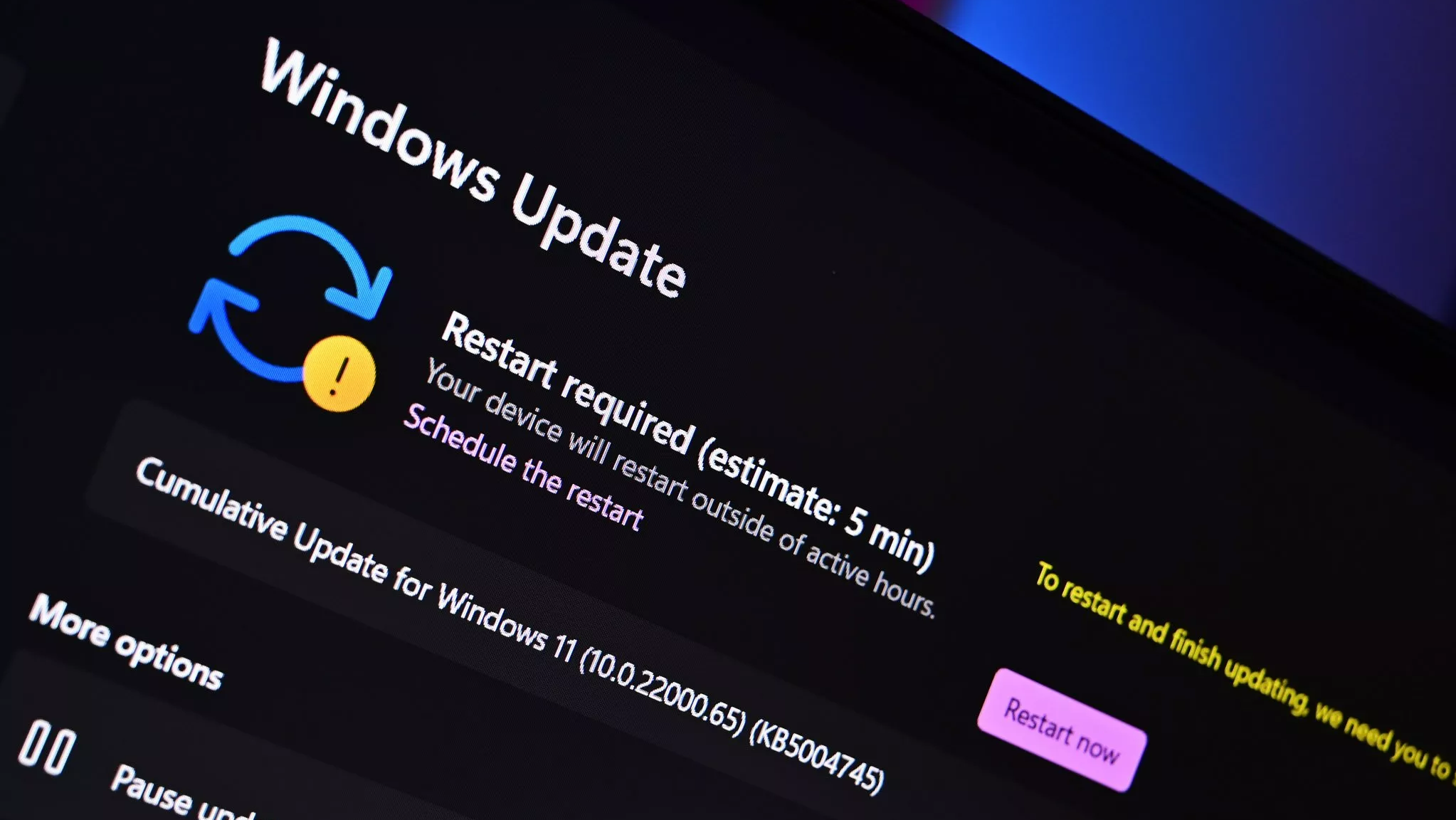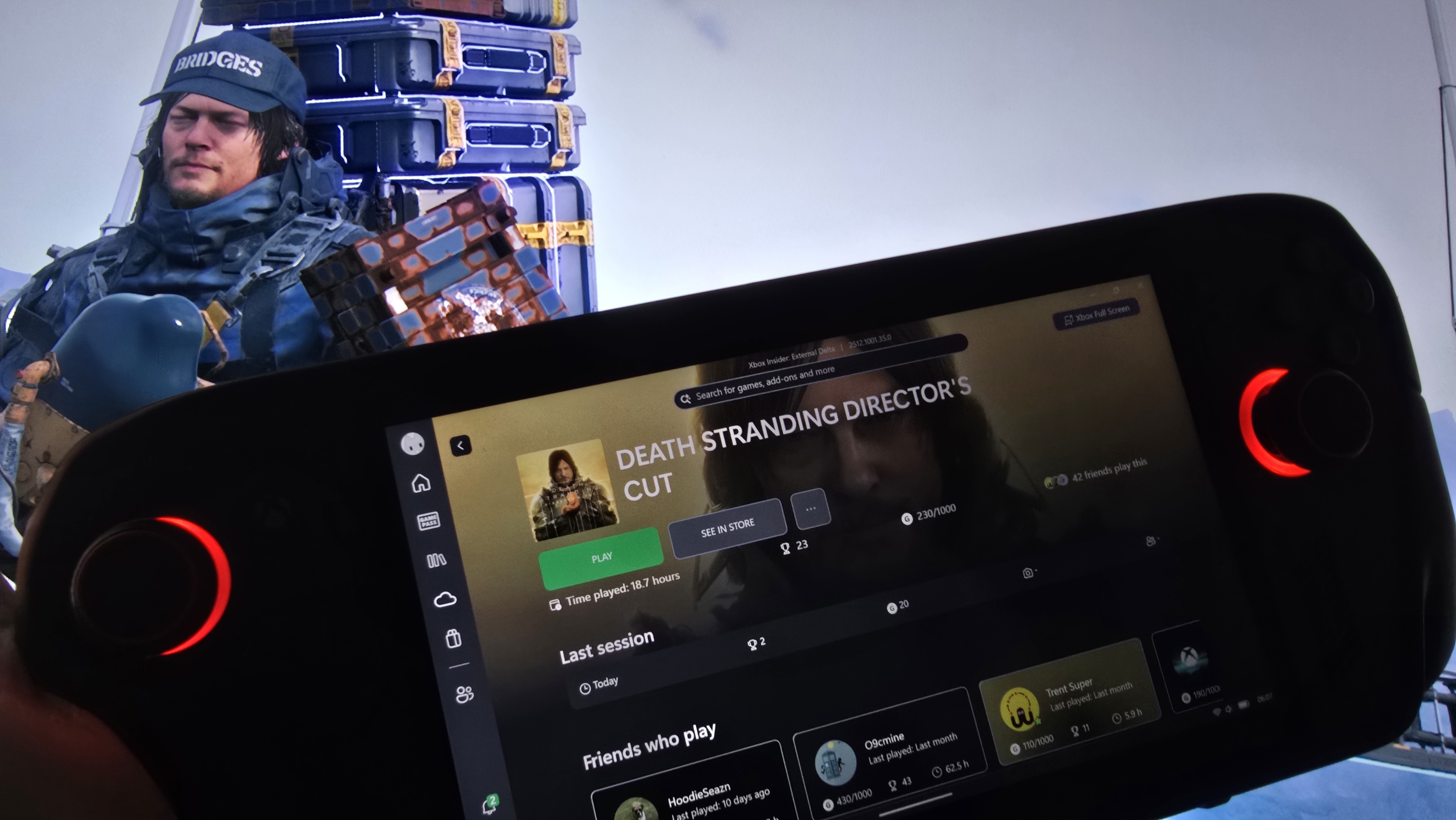Microsoft improves narrator experience with latest Insider Build of Windows 11
Microsoft ships two builds to the Beta Channel, though they don't add new features.

What you need to know
- Microsoft recently released a pair of builds to Windows Insiders in the Beta Channel.
- Windows 11 Insider Preview Build 22621.2115 and 22631.2115 don't ship with any new features, but they include several fixes.
- New features in Build 22621.2115 are disabled by default, while Build 22631.2115 has new features enabled by default.
Microsoft recently shipped a pair of Windows 11 Insider Preview Builds to the Beta Channel. The updates don't add new features but Build 22631.2115 ships with a significant enhancement for the Narrator.
Narrator users who interact with Traditional Chinese characters are now able to do this with confidence while using Narrator and the IME candidate window in Windows. This was accomplished by creating a Traditional Chinese dictionary for detail reading. Narrator now consumes the dictionary to disambiguate each Traditional Chinese word. Users should be aware that Narrator detailed reading is only supported for the Taiwan language pack. The Hong-Kong language pack is not supported with Narrator.
Additionally, the new updates also ship with several fixes. As you might already know, Microsoft ships Builds in pairs to the Beta Channel, with one having new features enabled by default and the other having new features disabled. And the same has been replicated this week, though Build 22631.2115 doesn't bring any new changes.
Here's the full changelog for Build 22621.2115 and 22631.2115, as highlighted by Microsoft:
Build 22621.2115 and 22631.2115: Fixes
- New! This update affects the Handwriting Software Input Panel (SIP), the Handwriting Engine, and the Handwriting Embedded Inking Control. They now support GB18030-2022 conformance level 2. Because of this, they meet the level 3 requirements.
- This update affects text edit controls in XAML. You cannot edit the controls again after they become read only. This occurs when you use the new Microsoft Input Method Editor for Japanese, Chinese, and Korean.
- This update affects the Windows Kernel Vulnerable Driver Blocklist, DriverSiPolicy.p7b. It adds drivers that are at risk for Bring Your Own Vulnerable Driver (BYOVD) attacks.
- This update addresses an issue that affects certain CPUs. There is inconsistent reporting of the L2 cache.
- This update addresses an issue that affects certain wireless wide area network (WWAN) devices. After every restart, a dialog reappears. It asks you to switch to embedded SIM (eSIM) even when you choose “No.”
- This update affects user mode printer drivers. They unload unexpectedly. This occurs when you print from multiple print queues to the same printer driver.
- This update addresses an issue that affects hybrid joined devices. You cannot sign in to them if they are not connected to the internet. This occurs when you use a Windows Hello for Business PIN or biometric credentials. This issue applies to a cloud trust deployment.
- This update addresses an issue that affects Windows Defender Application Control (WDAC). The issue copies unsigned WDAC policies to the Extensible Firmware Interface (EFI) disk partition. This partition is reserved for signed policies.
- This update addresses an issue that affects The “Disabled: Script Enforcement” option might create audit events you do not need.
- This update addresses an issue that affects a printing job. An unexpected Internet Printing Protocol (IPP) mode switch can cause the print job to abruptly stop. This occurs when there is an independent hardware vendor (IHV) driver.
- This update addresses an issue that affects certain display and audio devices. They are missing after your system resumes from sleep.
- This update enhances hinting for some of the letters of the Verdana Pro font family.
- This update addresses an issue that affects the MPSSV service. The issues causes your system to restart repeatedly. The stop error code is 0xEF.
- This update makes brightness settings more accurate.
- This update affects Windows Autopilot profiles. The process to download the Windows Autopilot policy is more resilient. This helps when a network connection might not be fully initialized. This update increases the retry attempts when you try to download the Windows Autopilot profile.
- This update addresses an issue that affects I/O over Server Message Block (SMB). It might fail when you use the LZ77+Huffman compression algorithm.
- This update makes Narrator announce the “Change product key” label.
- This update affects the Windows Push Notification Services (WNS). It makes the connection between the client and the WNS server more reliable.
- This update addresses an issue that affects the Windows Management Instrumentation (WMI) repository. This causes an installation error. The issue occurs when a device does not shut down properly.
- This update addresses an issue in the Windows Notification Platform. The issue affects how much power your device uses.
- This update addresses an issue that affects the Defender Firewall Profile. It fails to automatically switch from a LAN that is trusted to a public network.
- This update addresses an issue that affects Widgets. They unpin from the taskbar when you do not expect it.
- This update addresses an issue that affects virtual private networks (VPN). There might be excessive Address Resolution Protocol (ARP) requests to the network gateway. This occurs when the VPN is on a wireless mesh network. Because of this, network performance is poor.
- This update addresses a deadlock in Internet Protocol Security (IPsec). When you configure servers with IPsec rules, they stop responding. This issue affects virtual and physical servers.
- This update addresses an issue that affects Event Forwarding Subscriptions. When you add an Event Channel to the subscription, it forwards events you do not need.
- This update makes Country and Operator Settings Asset (COSA) profiles up to date.
- This update addresses an issue that affects the fastfat file system driver. It stops responding because of a race condition.
Build 22621.2115 and 22631.2115: Known Issues
General
- [NEW] We’re investigating reports that explorer.exe is crashing on the login screen (with an error pop up) when attempting to enter safe mode.
File Explorer
- [NEW] We’re working on the fix for an issue causing File Explorer to crash when going to Home. If you encounter this when opening File Explorer, you may need to use Search or the Run dialog to open File Explorer directly to a specific folder (for example, C:).
- [NEW] In some cases, the context menu background in File Explorer may appear transparent.
- [NEW] In some cases, the icons on your desktop may all go blank. If this happens, using the refresh option in the desktop context menu should resolve it.
Taskbar
- We’re investigating reports that the safely remove hardware icon isn’t appearing when expected in the system tray.
- [NEW] As a reminder, while the settings for never combined mode for the taskbarare showing up under Settings > Personalization > Taskbar > Taskbar behaviors in this build, they currently do not enable the experience. This will be fixed in a future Beta Channel flight soon.
Input
- [NEW] We’re investigating reports that typing with the Japanese and Chinese IMEs is not working correctly after the last flight.
Narrator
- You may see some of the strings are NOT localized to the selected language. This will be fixed in a future flight.
All the latest news, reviews, and guides for Windows and Xbox diehards.

Kevin Okemwa is a seasoned tech journalist based in Nairobi, Kenya with lots of experience covering the latest trends and developments in the industry at Windows Central. With a passion for innovation and a keen eye for detail, he has written for leading publications such as OnMSFT, MakeUseOf, and Windows Report, providing insightful analysis and breaking news on everything revolving around the Microsoft ecosystem. While AFK and not busy following the ever-emerging trends in tech, you can find him exploring the world or listening to music.
